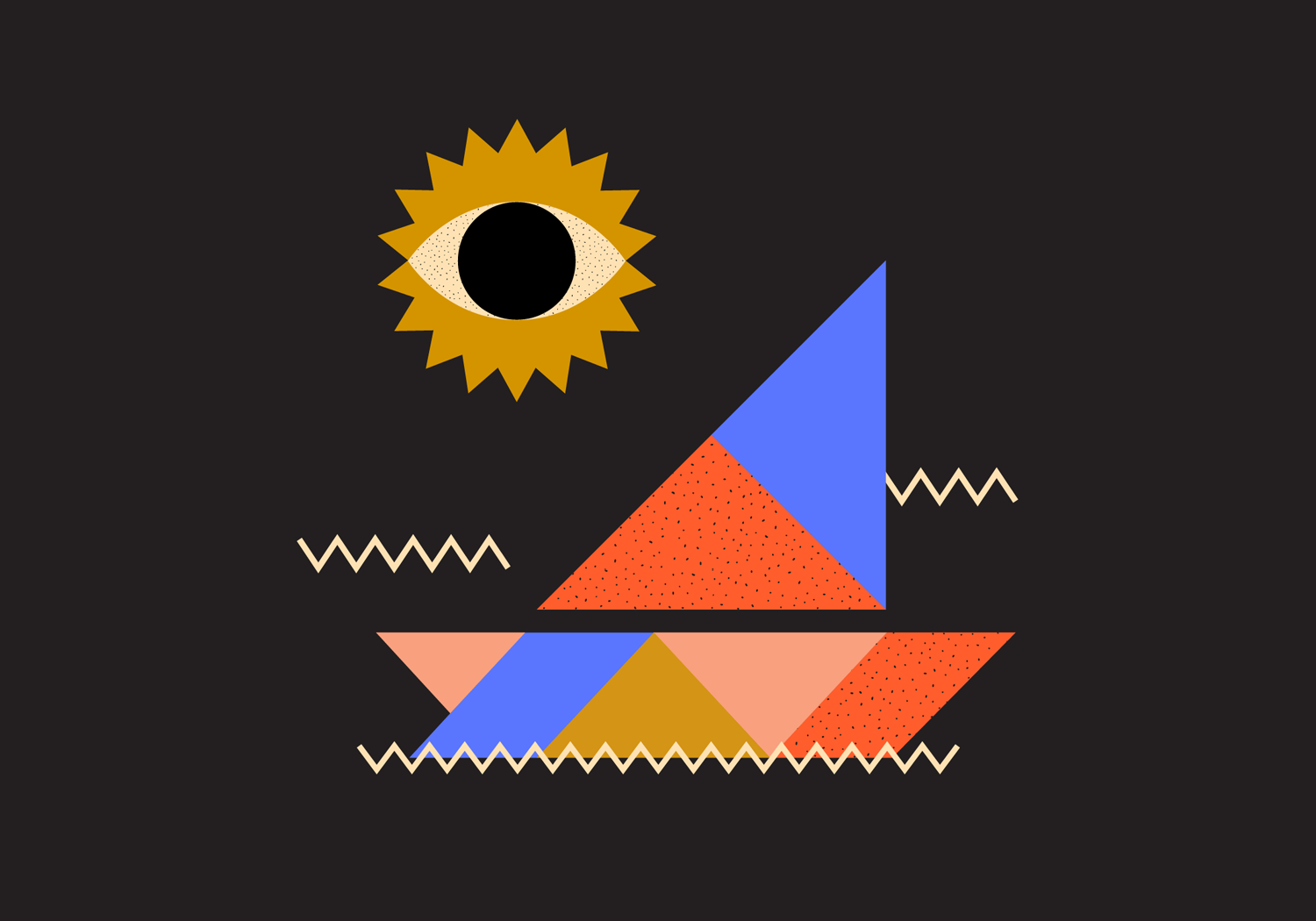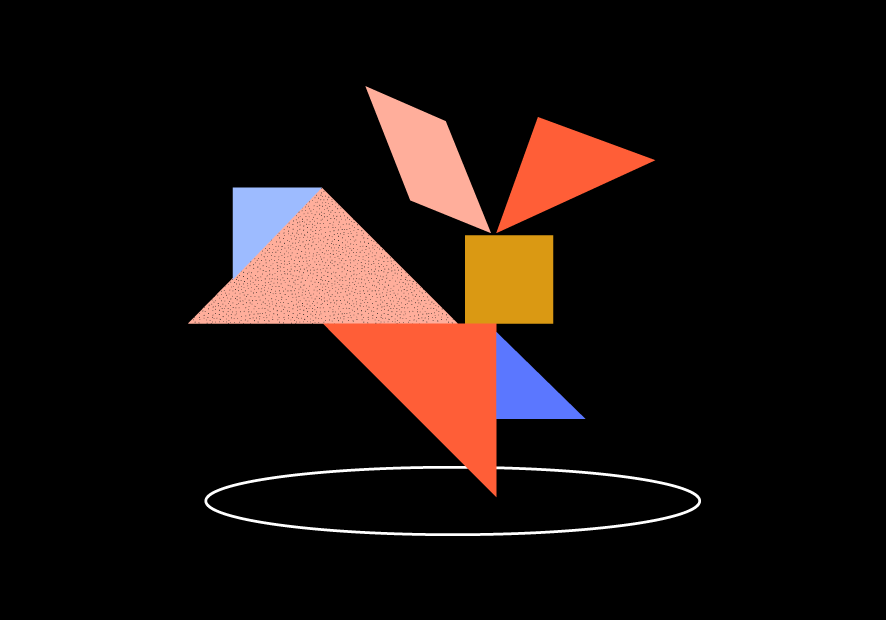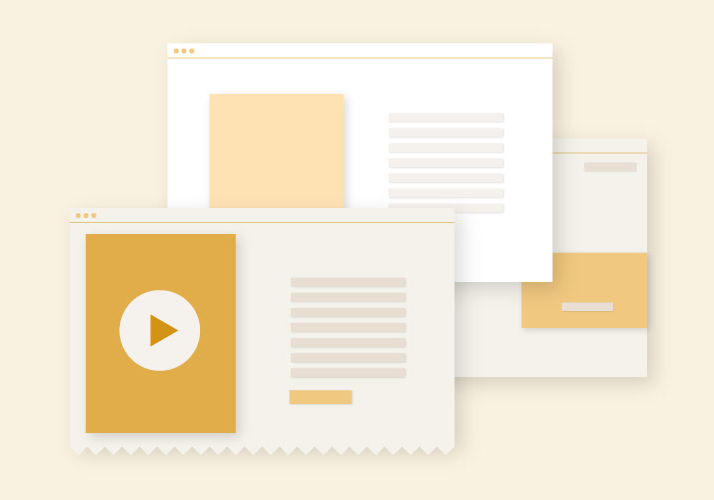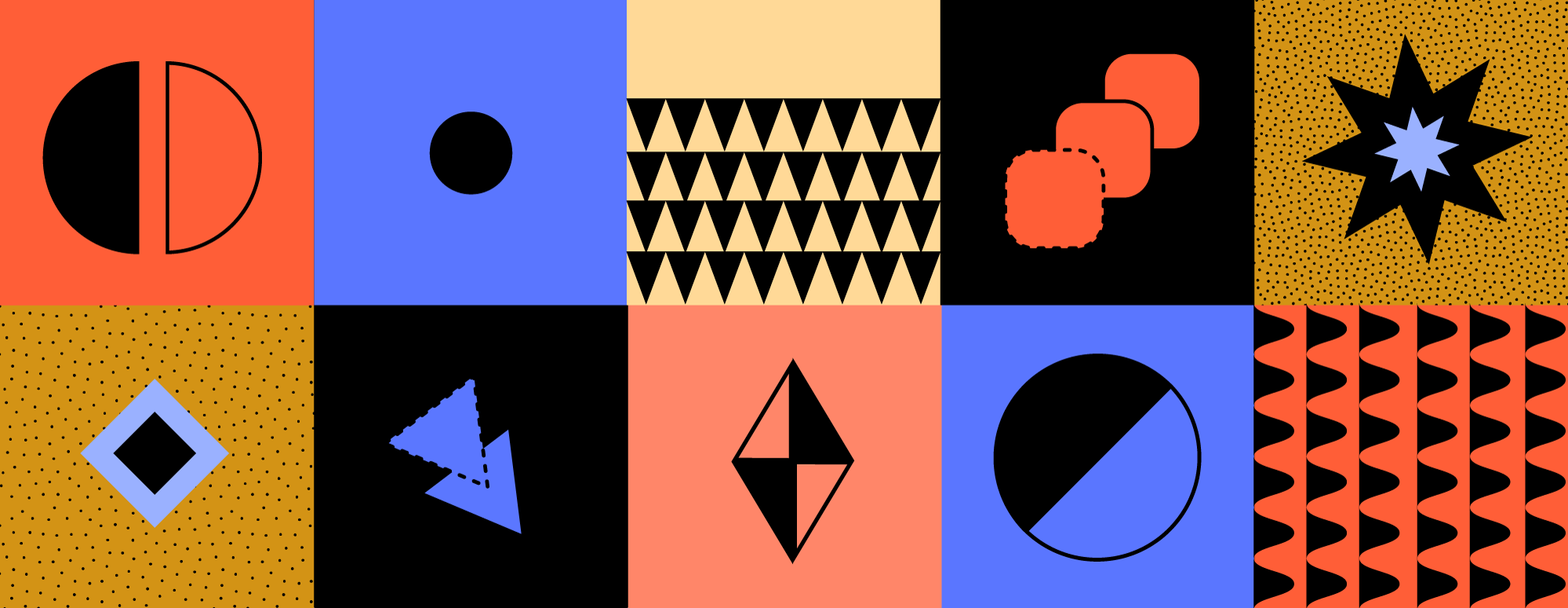
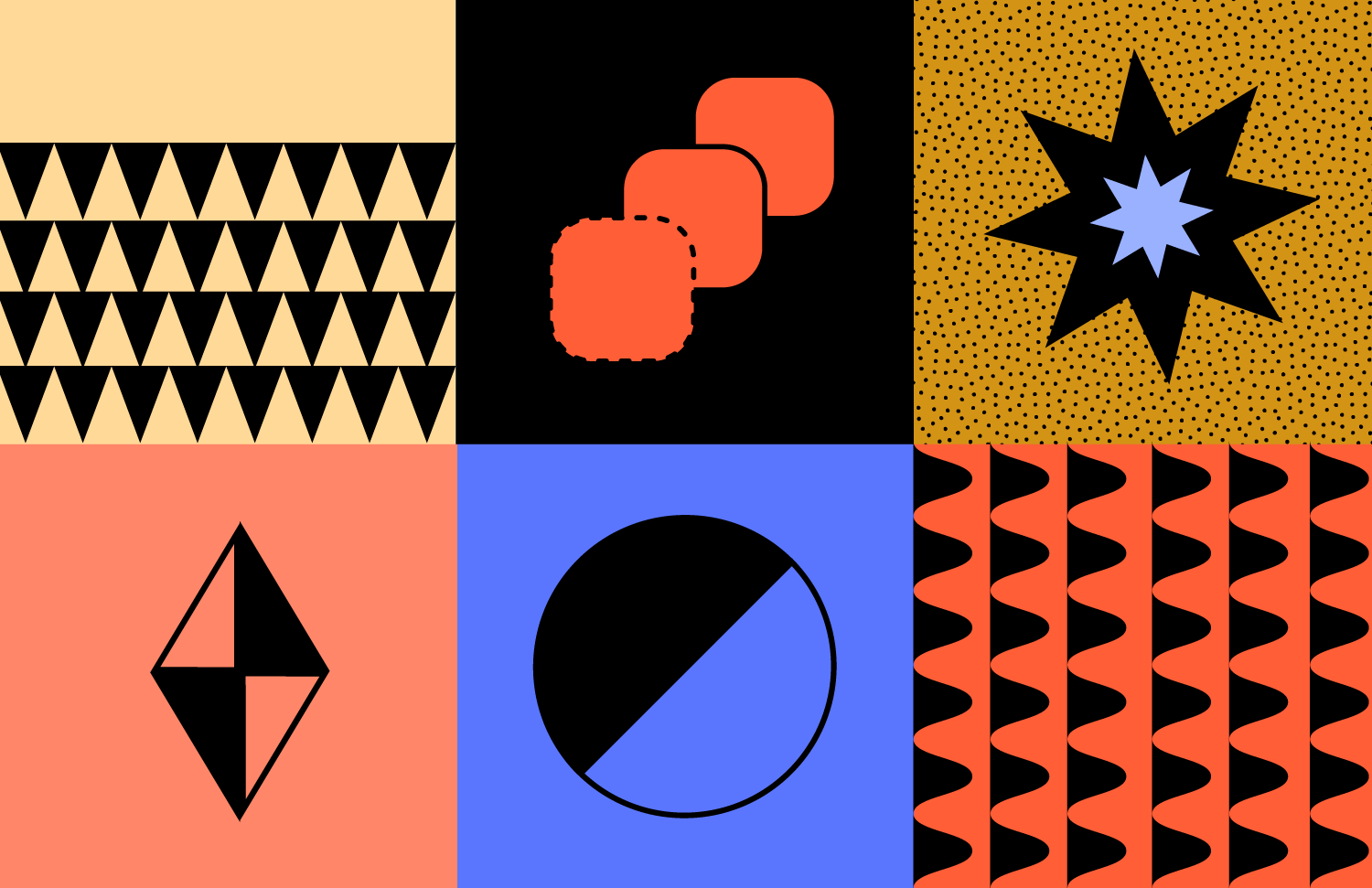
If you are new to branding, it can seem mysterious.
Brand announcements showcase the final brand, and case studies will give a more in-depth view of the identity system. But how exactly are the words and ideas that define your values translated into a visual system?
The start of a branding process is exciting for designers because there’s so much potential. But it’s difficult to have all the responsibility of coming up with a good idea right away. And knowing you’re beginning a process without knowing the end can be a little scary.
To sidestep the designer scaries that can add time and unnecessary doubt at the beginning of a project, we’ve figured out that our version of “getting started” that involves as many brains, hands, and ideas as possible.
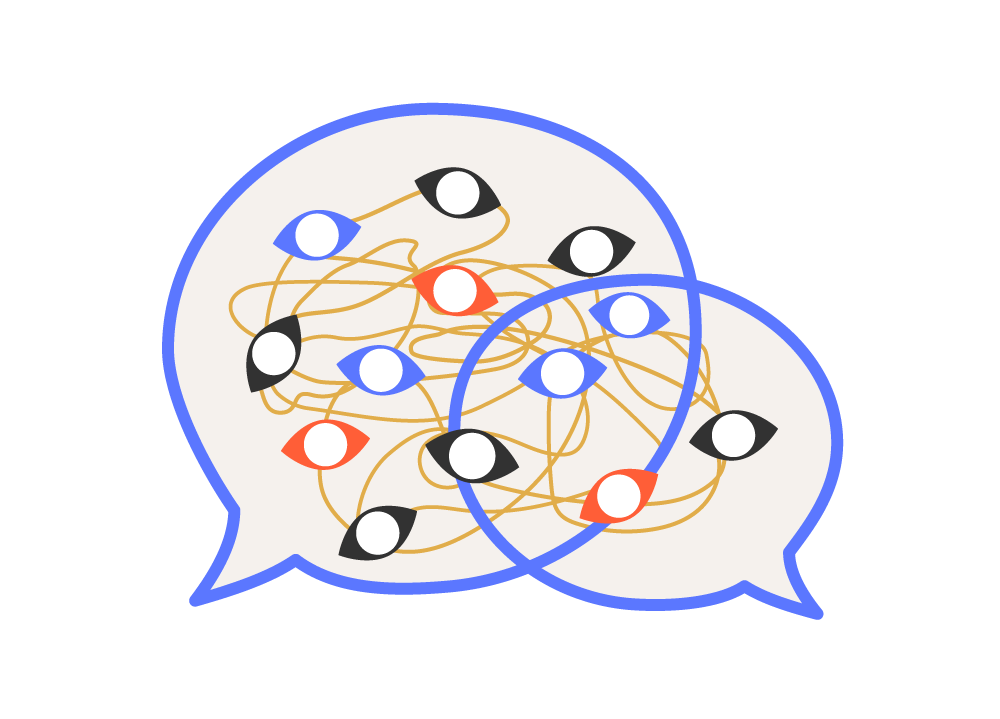
The whole team embraces a sketchy, messy, wide-ranging approach that is more like visual brainstorming than creative problem-solving.
We discover more interesting ideas when there is less pressure to come up with the perfect idea right away. And because we know we’ll have the chance to talk through concepts as a group, we don’t have to figure everything out alone.
We work iteratively through a series of collaborative phases, progressively editing and refining as we go.
Start with strategy.
A creative brief has already been presented and approved by the client and provides the framework for our design exploration. We meet for our internal kick-off, which is kind of like a little party for the project. We go over the brief together, ask questions, and talk about general directions. We don’t usually drill down into super specific ideas, but instead focus on mood, tone, audience, as well as any paths we should definitely avoid.
Sketch in the first design sprint.
Independently, we’ll explore a range of approaches, with the goal of creating as many beautiful, interesting, and weird beginnings as we can. Sometimes we’ll hit on a good idea and start developing it. Sometimes there’s just a piece we like—a type treatment, or shape, or color pairing. The point isn’t to finish and no one person is responsible for everything. The point is to generate a bunch of things we can talk about together.
Review together.
We then create a virtual whiteboard with all the design explorations and look at them as a team. We ask questions like:
- Does this align with the client’s needs and the creative brief?
- Have we explored a wide enough range of options? Is anything missing?
- What are we most excited about?


Next, we organize our explorations into emergent design directions. This process of aggregating and sorting helps us filter, combine similar directions, and make sure we cover a range of possibilities. It also ensures that we don’t preclude ideas that seem a little strange, but also have exciting potential. By starting wide and then grouping, and then naming and defining, we leave room for unexpected surprises.
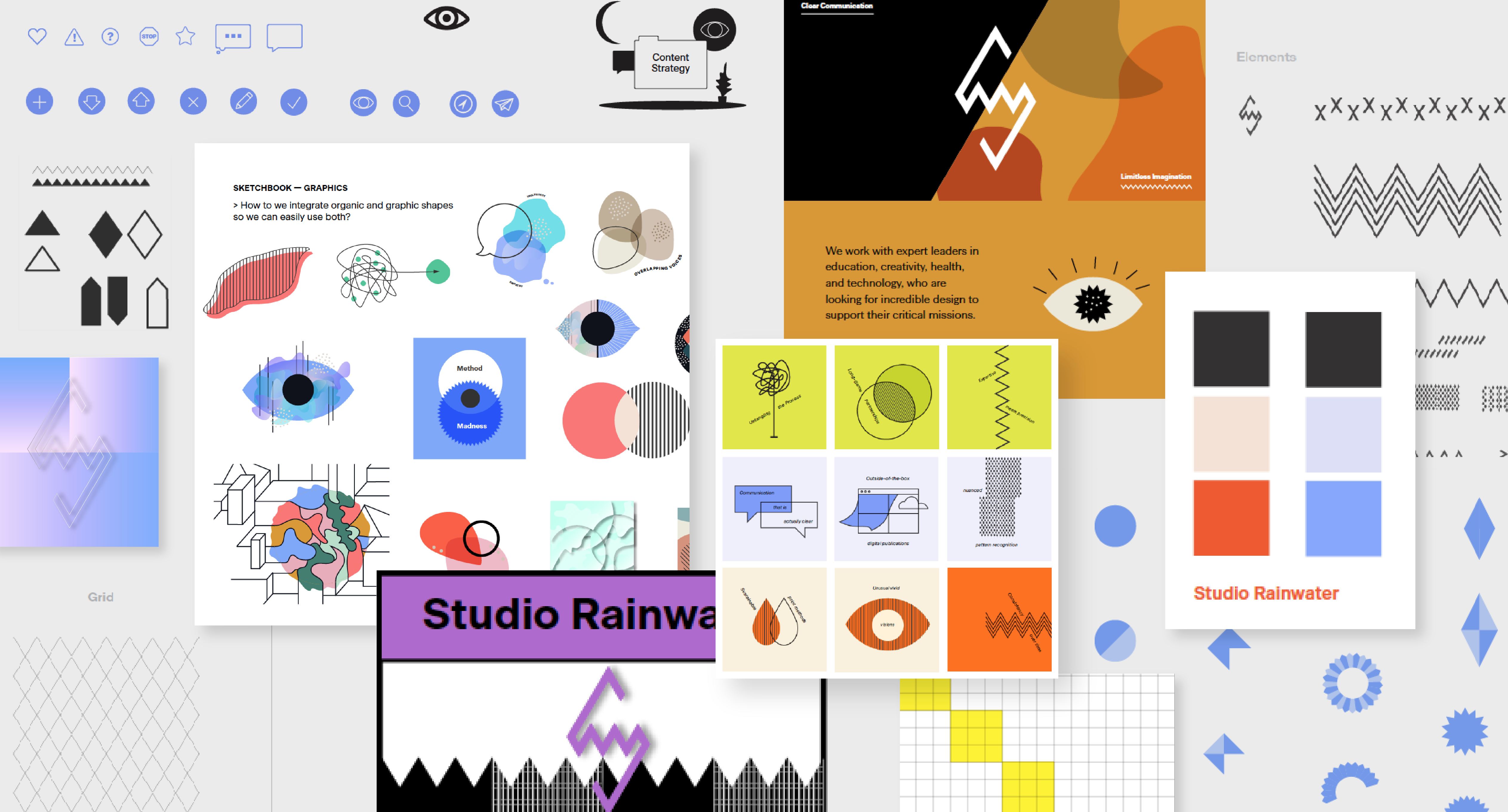

More brains, more discussion, and more outcomes get us to better and more interesting ideas, faster.
Once we’ve identified approaches and gone through another round of refinements, we expand on the design and create a presentation to share with our client.
Revealing the first designs to a client is always exciting because we can’t predict what they will prefer. We show a range of options that are visually different enough to compare and contrast, while keeping them all grounded in the project’s strategy and goals. We might not get the design exactly right on the first try, but this process helps generate conversation and feedback that quickly leads us where we need to go.
By working in design sprints we can ensure that we’re starting from a place of experimentation and discovery while working collaboratively and iteratively towards an idea. We incorporate multiple checkpoints, internally and externally, to make sure we come up with a creative direction that works.
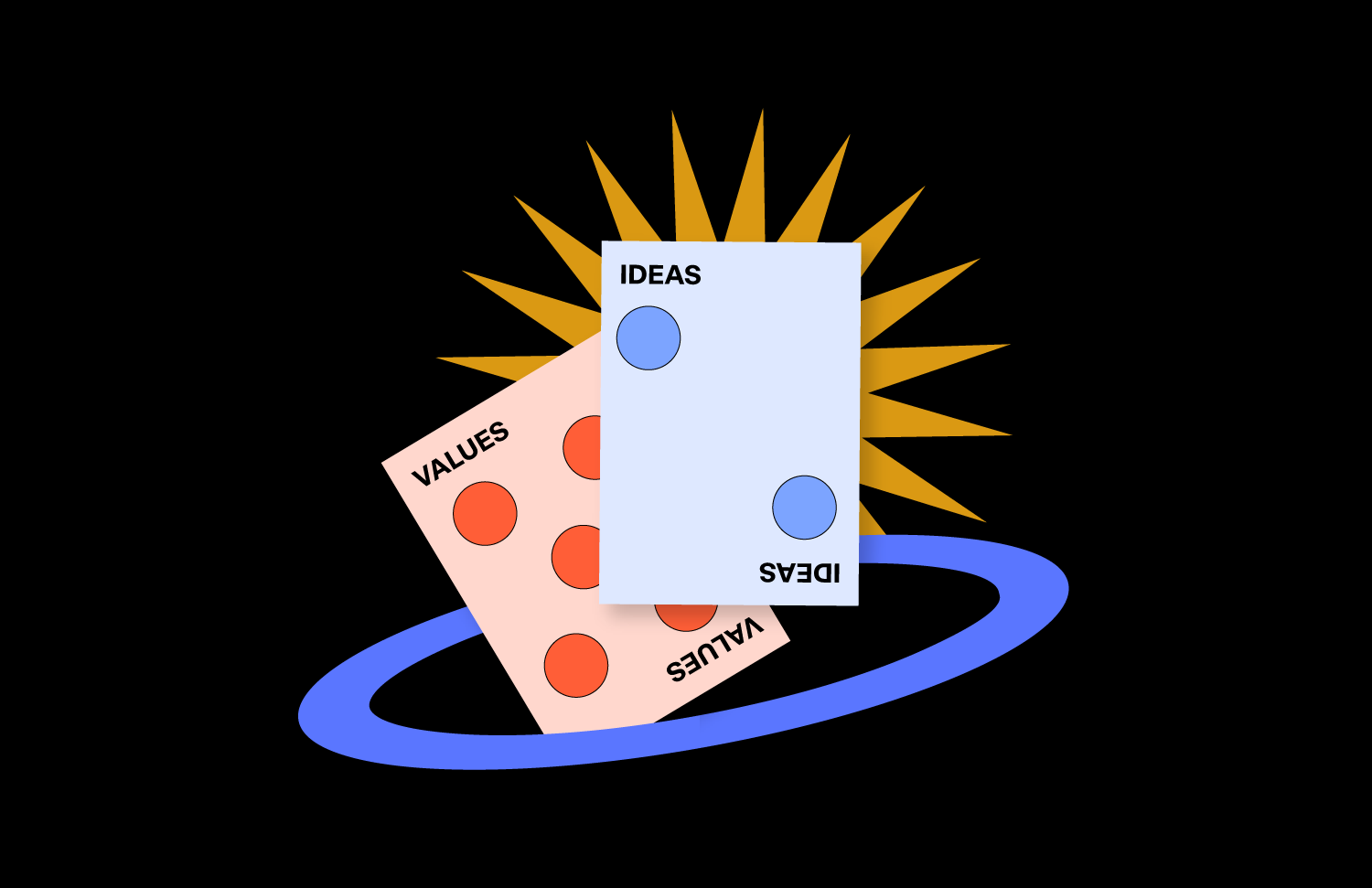
Any writer will tell you that their first draft is a terrible mess, but it’s essential to what comes next. For designers, our first pass might be messy, but it doesn’t have to be painful. Generating, then editing and refining, have been essential successive steps of our process. We start with potential…What if it’s like this? Or maybe like that instead? And then we work towards what we’ll someday understand as the “right” solution.
